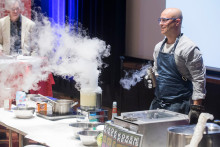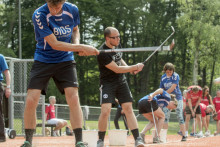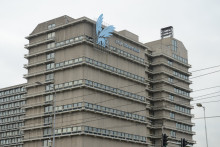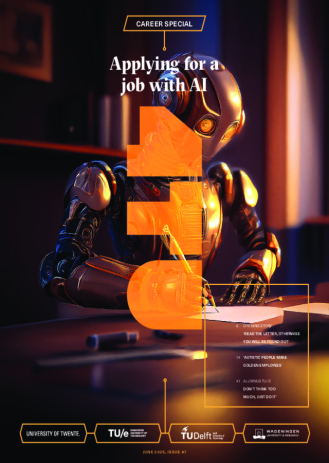How the idea of BMTI did come about?
With the aim of improved health care and benefits to society, different groups from chemical technology, applied physics, mechanical engineering and electrical engineering joined hands to make a difference in the area of fundamental and applied biological and medical research. I have been involved with the BMTI since its beginning. Since medicine was a new topic for the university, various part-time faculties with expertise in different areas of anatomy, physiology, blood and nervous system were invited for lectures. A lot of new collaborations were established during the same time with the universities of Limburg, Groningen, Nijmegen and even Utah in the US.
What are BMTI's main areas of focus in research?
To improve health care, the institute focuses on the development of a new class of biomaterials like replacement tissues and organs, development of fundamental understanding of blood clotting, immune reactions, inflammatory reactions and infections and design and construction of bio-sensors. The main idea is to integrate different disciplines to achieve a significant improvement in clinical interests like prevention, diagnosis, therapy and rehabilitation.
How is the research structured within the UT?
There are three broad areas of classification: Biomimetric engineering, Rehabilitation technology and Neural engineering and Non-Invasive Diagnostics and Technical life sciences. Under these broader umbrellas there are various groups focusing on materials and membranes, drug and gene delivery, tissue engineering, non-invasive diagnostics and technical life sciences.
Who are the national and international collaborators?
We have been collaborating with hospitals and universities within the Netherlands like Groningen, Utrecht and Nijmegen. Apart from this, there is an international exchange of expertise with University of Utah as well as with universities in the UK, Germany, China and South Korea. We even have a student exchange program with the University of Washington.
Can you mention some of the latest important research results?
One of the recent important results is in the fundamental understanding of sonoluminescence in the group of Prof. Detlef Lohse, where a bubble collapses on response to sound and emits light. Bubbles can also be used for ultrasound and an early and economic detection system of diseases. There are some very good results in the development of the new synthetic gene delivery and in tissue engineering, where the improved blood vessel formation in the animals has been successfully tested.
How will society benefit from this research?
Fundamental understanding of DNA and proteins is very important to control different diseases. The Biophysical Engineering group, chaired by Vinod Subramaniam, is probing these issues. We are also involved in applying neural network to nerve manipulation in order to reduce pain and also to bridge the body parts which might be disconnected with the central nervous system. Work on local drug delivery, tissue engineering, peripheral system, cartilage system, blood vessels would be extremely beneficial for the diagnosis and cure of various diseases. Prof. Van Houten is working in the project of virtual labs for training the surgeons. There are some other projects which have very exiting prospects for the future, such as the design of systems for home care, disease control and diagnosis, nerve regeneration etc. So BMTI is going to play a very important role in terms of developing new technologies for clinical and medical applications.
What does the future of BMTI look like?
There exists the possibility of a large national project to be granted in January 2007 on bio-materials. In addition, a lot of companies like Philips, DSM and Dow are investing in biological engineering and medical diagnostic and preventive systems. Looking at the current trends, I would say the future looks very bright.








